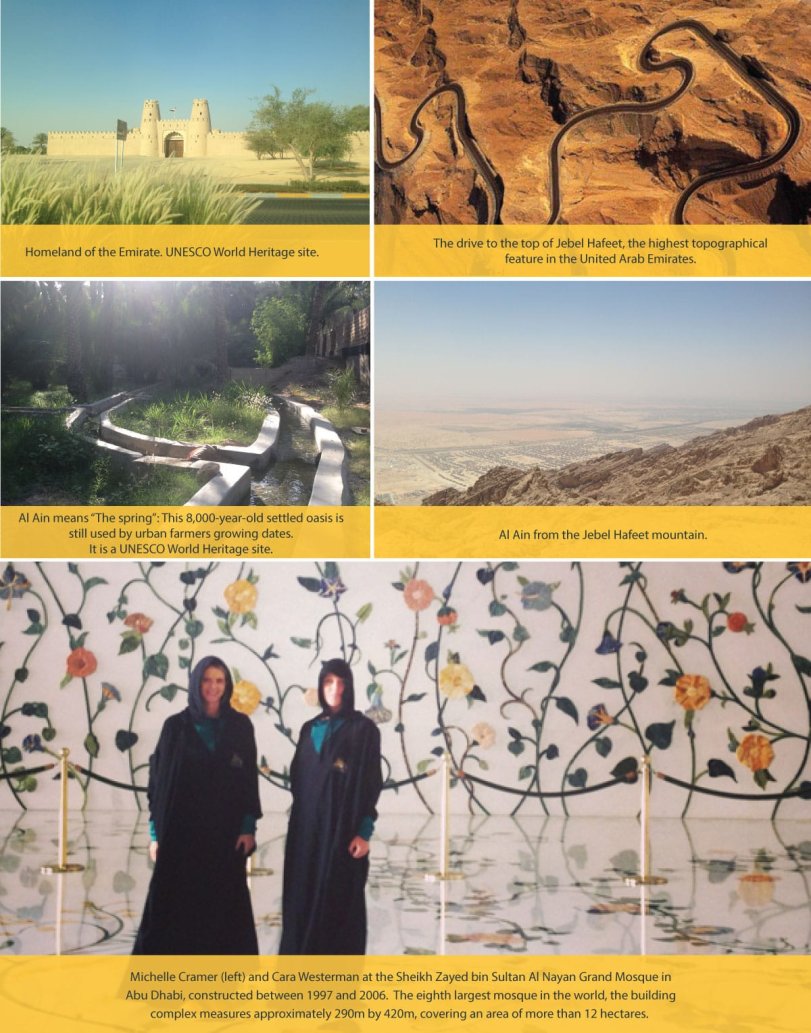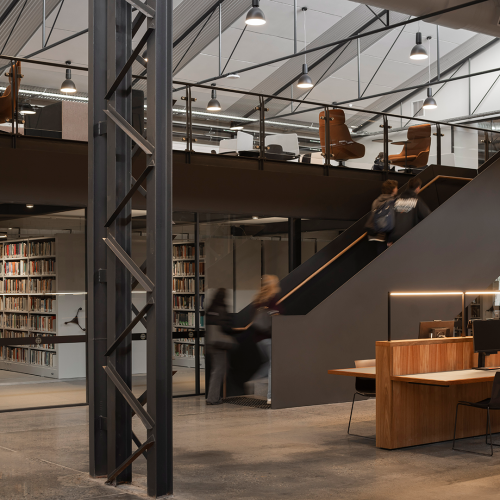Al Ain is a city of approximately 500,000 people, about 160 kilometres east of the capital of the United Arab Emirates, Abu Dhabi. The name Al Ain translates literally to “The Spring”, and the city is the spiritual home of the 1.5 million Emirati people of the UAE, with their roots in Bedouin culture and traditions.
This month, the UPC began interviewing architecture and urban planning firms to produce a strategic planning document for the Al Ain region, including the UNESCO World Heritage Listed Cultural Sites of Hafit, Hili, Bidaa Bint Saud and the oases areas. Hames Sharley is the lead consultant in a team which is inclusive of engineering company Arup, Research Triangle Institute International, JLL, GML Heritage and CHD Urban and is among those interviewed for this extraordinary project.
UNESCO describes the significance of these sites as:
“a serial property that testifies to the sedentary human occupation of a desert region since the Neolithic period with vestiges of many prehistoric cultures. Remarkable vestiges of the property include circular stone tombs (ca 2500 B.C.), wells and a wide range of Adobe constructions: residential buildings, towers, palaces and administrative buildings. Hili moreover features one of the oldest examples of the sophisticated falaj irrigation system which dates back to the Iron Age. The property provides important testimony to the transition of cultures in the region from hunting and gathering to sedentarization.”
These following photos, taken by Hames Sharley director, Michelle Cramer; principal, David Jones; and senior planner, Cara Westerman, are a testament to the incredible beauty and significance of the sites.







